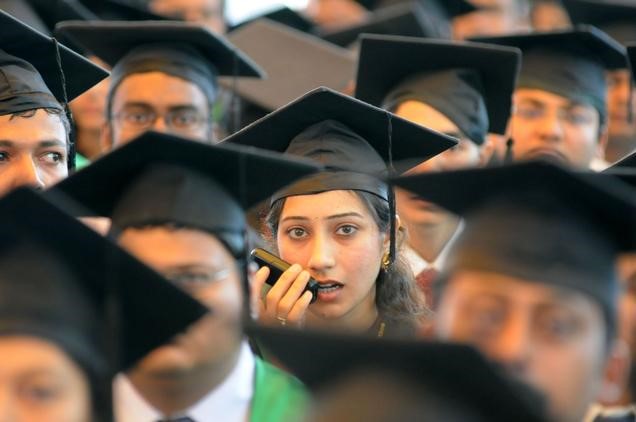Faculty Crunch may lead to Transformation of the Indian Higher Education System
It might come as a surprise, but IITs and IIMs are facing a faculty crunch which in a way is impacting the overall higher education system of the country. How is it possible to deal with this issue? Read the following post to know more.
Introduction
Even after nearly 70 years of independence, the Indian education industry is still complaining about the lack of infrastructure and quality education that is being imparted especially in the higher education segment. There is an acute shortage of trained and qualified teachers across the sector. In a recent study conducted by the British Council, titled Understanding India, strengthens the view that India would require 1000 universities and 50000 colleges for educating 500 million students.
To run any education institute, a professionally qualified teacher is the bare minimum necessity. But our higher educational institutes are facing a faculty crunch including top-notch institutes that offer engineering and management education. While private engineering colleges in India are about 30% short of faculties, the premier ones like the Indian Institutes of Technology (IITs) and Indian Institutes of Management are not far behind. Surprisingly, the average faculty shortage at IITs is 32%, 22% at IIMs and nearly 25% at the National Institutes of Technology (NITs).
The last published report by the government clearly stated that there would be massive expansion in the higher education system; however the lack of deserving doctorate PhD candidates has led to the shortage of faculty members across all major higher education institutes in the country. We must understand that it is a moment of truth for citizens – including bureaucrats, policymakers and even university administrators who are associated with higher education in India.
Experts and policymakers opine that, inadequate supply is one of the main reasons for the shortage of faculty members in the Indian higher education scenario. A trend has been observed that qualified individuals are not entering academics owing to economic reasons. Moreover, incentive structures are not as much as the corporate sector, which is what refrains professionals from venturing into the teaching profession.
While the enrolment of private players in the education sector, numbers of institutes have shot up to a great extent, but the profit has been threatening our social development considerably through the exhibition of a crunch in talent pool of faculty.
So how do we deal with this issue?
In order to manage this skirmish of talent pool at faculties, and improve the overall professional development, one needs to prioritize reforms in the institutional system and other particular areas. There is an immense need to overlook returns on investments in terms of material returns and focus only on the all-round development that would benefit us.
Building of teaching faculty development mechanisms at the systems levels must be explored. Having an academic faculty is not the only option, a center for development and learning must also be nurtured along with a robust faculty. In the era of the World Wide Web, teaching through digital technology must be initiated and ensured that it is implemented properly in terms of imparting education.
Reforms in teacher learning and development areas must be seen as ‘educative processes rather than simple ‘trainings’. These processes must be utterly extensive and reflective. Only lectured driven methodology might not be the best way out, one has to ensure other ways to transform the process of education by adopting newer methodologies such as mentoring, more exposure value, more practical lessons and more involvement in research projects. Professional training courses may be introduced for teachers where they can integrate more skills and competencies. Consistent international associations must be introduced and encouraged all the more in order to ensure better teaching methods.
Students must also be encouraged to pursue higher studies and take up research studies in future; this will ensure that there is some hope for the chronic shortage of the PhD candidates all across.
The Final Words
In an attempt to deal with the plaguing issues, everyone, right from institutions builders, to policymakers and the academia must understand that patience and perseverance is the essence of achieving anything great.
——————————-
Author Bio:
Sampurna Majumder is a professional writer who enjoys creativity and challenges. Barely a year into new media, she has written several posts, articles and blogs for prominent websites covering a wide range of topics—from real estate to education; from jobs to relationships. The above post takes a quick look on the issues plaguing the higher education system of the country.
Related Posts












